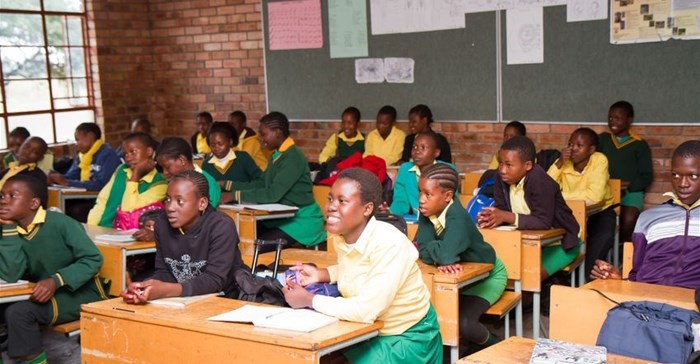
Top stories


EducationFrom adversity to opportunity: African education’s revival strategies
Sanjeev Mansotra 1 day



Marketing & MediaThe Odd Number named Financial Mail AdFocus Mid-Sized Agency of the Year
The Odd Number 1 day

More news












In a statement issued prior to the release of the results, action group, Equal Education (EE), cautions that this figure is not exactly representative of the real state of the education system as it doesn't take into account a number of factors that would put the 70% lauded by the minister into perspective.
The EE points out that only around half the learners who started school in 2003 wrote matric in 2015, 41.71% of whom dropped out between Grade 10 and 12.
"If half or nearly half of all learners never take matric, this is a major problem in itself and requires specific interventions targeted at the Grade 10-12 level. The department must do more in order to retain Grade 10 learners and substantially decrease the dropout rate," the EE says.
The over-riding factor influencing the dropout number remains the spectre of poverty, which sees learners leaving school at 16 to find work, or because the cost of schooling or transport becomes prohibitive.
Another cause is that learners have fallen so far behind in their academic work that they are too demotivated to continue with their education.
"There is also the practice of 'culling' where schools intentionally discourage or withhold poor-performing learners from writing matric."
"It's used as a strategy to boost matric rates and avoid being classified as an under-performing school. Culling arises partly because of a single-minded obsession over the matric pass rate, one that is as much the fault of the media as the minister, who likes to pull a single, misleading percentage out of an envelope each year," the report says.
Also not all schools are created equal.
According to the EE, matric performance over the last five years highlights the continued inequalities in the South African education system.
Those schools in rural provinces, such as the Eastern Cape, KwaZulu-Natal (KZN) and Limpopo, consistently record pass rates well below the national average. These are also the schools that have the poorest infrastructure and the least access to resources.
The results in 2015 in the Western Cape (87.7%) and Gauteng (87.2%) are again reflective of the better infrastructure and teacher/learner ratio in those provinces.
"For broader perspective and context on the overall matric pass, one should use a cohort matric pass rate. We define this as the percentage of learners in Grade 2 who pass matric 11 years later. It is therefore a better indicator than the matric rate of the quality of the education system and the percentage of South Africa's youth who are receiving an education," the EE explains.
View the full Equal Education report.
